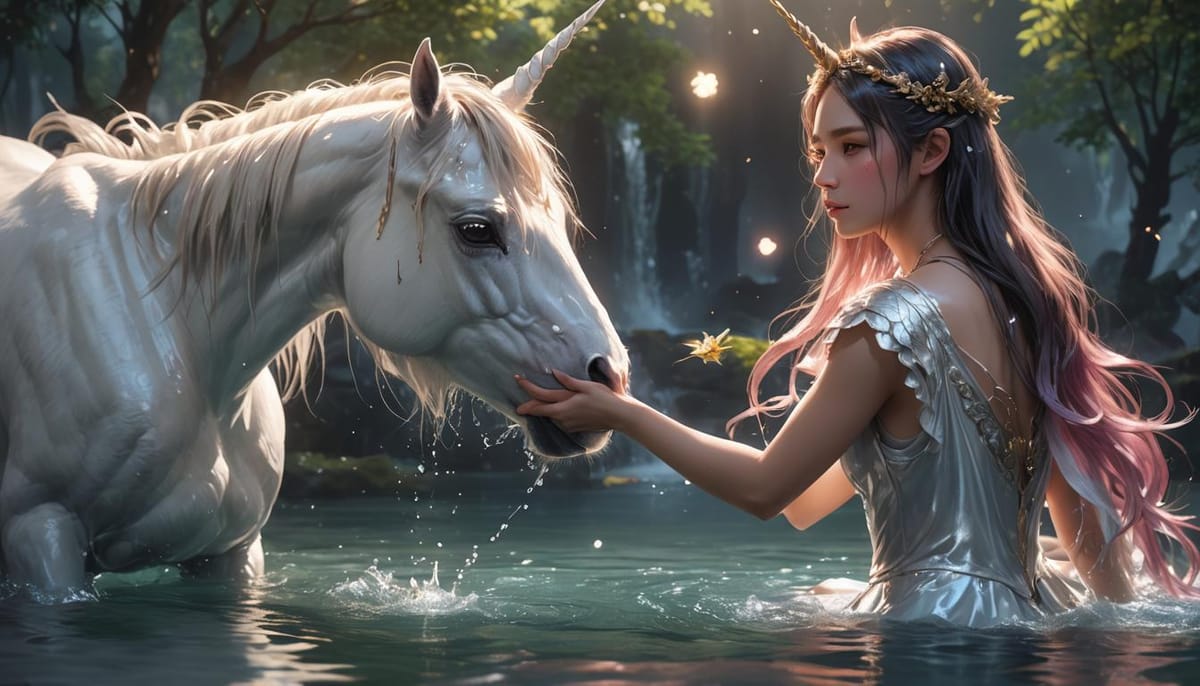Stop Dissing Writers Who Don’t Plan Their Stories
We’re not the big mess that you think we are.

Have you heard of the “war” between pantsers and plotters?
Plotters are writers who plan their stories, while pantsers write by the seat of their pants, i.e. they don’t plan. Plantsers are folks in between.
Pantsers are often snubbed like we’re naughty children.
People claim that we end up with messy drafts that take loads of time to fix after.
Some even say that we can never finish our books.
Is that the Truth or Just BS?
One day, I asked people on social media about this issue.
Many pantsers told me that even without outlining anything, they come out with a coherent, organized draft.
In fact, trying to plot just made them waste tons of time and led them nowhere.
Some plotters said that while they do plan, they end up with messy drafts anyway.
And some other writers pointed out that rewriting your story is normal. Why so much fear over discarding your first draft and writing a new one?
A Passionate Defense of Pantsers
My friend Jami Gold, a respected blogger and novelist, wrote an in-depth post to defend pantsers.
It was immensely gratifying for me to read all this. Jami had also encouraged me to set my inner pantser free, to have the courage to not plan anymore. And hey, it worked!
Jami proposed that what creates a disorganized story, isn’t pantsing. Rather, it’s being unfamiliar with plot structure. I agree with her.
Even though I don’t plan, I always have a map in my head of where I am in the plot cycle.
With my trusty internal compass and confidence, I came to see all outlining methods as “not for me.”
Imagine my surprise, then, when I found a writer who created this special plotting method — and claimed that even pantsers would love it.
An Outlining Method That Even Pantsers Could Love?
This is the Inside Outline, developed by Jennie Nash.
You write out each plot point, and then explain the POV character’s desire, fear, frustration, etc.
Each plot point needs to logically follow from the previous one.
Of course I was wary and skeptical of yet another plotting method.
But I was curious, so I tried it out with an old story I wanted to rewrite.
Then something strange happened.
I realized that the Inside Outline feels like pantsing. Except it’s pantsing from a bird’s eye view.
A Richer Understanding of Plotting vs Pantsing
Even with the Inside Outline, I didn’t plan anything.
Not out of rebellion, but because my brain literally can’t jump ahead like that. I have to go from one scene to the next, linking through cause and effect.
I still drafted by the seat of my pants, except I wasn’t writing line by line, dialogue by dialogue. I was writing plot event by plot event. So it felt like pantsing at high speed.
Hmmmm…That made me realize that pantsers are very logical and sequential in our approach. We put one foot in front of the other as we walk through the whole story.
Ironically, plotting feels chaotic to me. With outlining, the plot events seem to come out of nowhere, out of the blue. No wonder I had trouble with plotting.
Revealing the Logic Behind Plotting and Pantsing
However, I chatted with a plotter friend about this issue.
She told me that she’s very logical in her approach as well. (Maybe I had offended her by saying that plotting feels chaotic to me…)
My friend explained that she starts with an idea, comes up with the ending, and thinks of what could be the middle. Then she can rest assured with everything else.
For me, aside from something vague like “they beat all the bad guys” or “the lovers get together,” I don’t know the ending.
Figuring out what the middle is sounds wild to me.
Not because it’s bad to plan out the middle, but because my mind simply does not stretch that far.
I could make up something random, but it would be jarring and unnatural.
My characters and events need to logically, sequentially, and naturally reach that point. You can’t just slap a plot point in the middle and tell me to get there.
Respecting Our Characters’ Free Will?
I remember reading that some writers have the dilemma of either sticking to their plan, or letting their characters surprise them and following that new direction.
For me, my characters surprise me all the time, and I just follow them without a doubt. This is their life, not mine. I can choose how I present their life, but I can’t control their actions, nor do I want to.
Sometimes my characters do things I don’t want them to do. Such as, ahem, falling in love with someone I don’t want them to be with…
But my characters’ free will comes first before my “author’s will.”
It’s bewildering and intriguing how different pantsing and plotting are, in our brain processes.
And of course, some people are plantsers where they do a mix of both.
A writer I know, by the name of Christina, criticised Jami for wasting her time in defending pantsers. In Christina’s view, we’re not all or nothing; we can be both.
Alas. Of course we can do both pantsing and plotting.
But it still sucks to hear many popular writers preach that plotting is superior to pantsing, even though the latter works perfectly fine for many of us. Hence why Jami wrote that defense.
Successful Pantsers Are Extremely Rare??
Some people claim that only rare unicorns can pants and do well. The rest of us need to outline.
Ha! From that quick survey on social media, as well as my knowledge of writers around me, I know that loads of people make pantsing work for them.
Maybe the critics have only met pantsers who are unfamiliar with plot structure and are inexperienced writers.
Or maybe, they have met skilled pantsers, but they dismiss them as outliers.
They could have confirmation bias. Paying attention to novice pantsers who struggle a lot, and ignoring the experienced pantsers who thrive without outlines.
The problem isn’t because they pants. The problem is because they lack writing experience and have not internalized plot structure yet. This goes for plotters as well who are still unfamiliar with plot structures.
I wish there was less discrimination against pantsers, and more work on what the real issue is.
What do you think? Are you a plotter, pantser, or plantser? Have you also tried exploring the different thinking and creative processes between them? What other thoughts do you have?
If you want more deep dives into fiction writing, connect with me here!



